Student Union flag
Artefact of the month - May 2019
In May, 171 years ago, on the name day of Flora on 13 May 1848, a students’ celebration was organised in Kumtähti field in Toukola, Helsinki that has been considered by some as the moment Finland was born. The celebration marked the first performance Vårt Land or Maamme anthem written by J. L. Runeberg and composed by Fredrik Pacius, and Fredrik Cygnaeus gave a rousing speech on "the name of Finland". The lion flag that flew over the celebrations has been preserved in the collections of the National Museum of Finland.
In the early 1800s, students still celebrated spring on the first of May. Gradually, the celebration shifted to a slightly warmer time in mid-May. After the university moved to Helsinki in 1828, Sörnäinen became established as the location of the celebration. In those days, it was a bucolic place far from the city centre. Reportedly, students celebrated spring by drinking hundreds of jugs of punch and other beverages. The celebration date jumped around a little at first but, in 1840, 13 May, which is Flora’s name day in the Finnish calendar, was officially chosen as the date of the students’ spring celebration.
However, the spring celebration of 1848 was different from previous spring celebrations. It had been a troubled year in Europe, with a revolutionary wave rolling across Europe, which started in February 1848 and quickly reached Germany and soon thereafter Sweden too. There were fears that the troubles would also spread to the autonomous Grand Duchy of Finland, and the state authorities were particularly suspicious of students. Under these circumstances, Fredrik Cygnaeus, president of the Ostrobothnian students’ association, planned a large-scale spring celebration for the entire students’ union, the programme of which he apparently planned in great detail with the university’s deputy chancellor, General Johan Mauritz Nordenstam.
The result was a Flora celebration in which Finnish students, led by the presidents of their students’ associations, explicitly expressed their confidence in Emperor Nicholas I, their chancellor, deputy chancellor, the senate and university management. At the same time, the students were given the opportunity to express their patriotism and adopt Vårt Land, written by Runeberg in 1846, as their anthem and the Finnish national anthem. Since the tone of the Finnish students’ nationalistic expression of opinion was loyal to the emperor, the ruler was convinced of Finland’s political quietude and that no special measures were needed.
The flag that flew in the celebration was commissioned by the students’ union. The silk flag features the lion of the coat of arms of the Grand Duchy, surrounded by a wreath of laurels and oak leaves. The coat of arms was painted on silk by Dr F. J. von Becker, the brother of artist Adolf von Becker. The students wanted to carry the flag through the city, but the authorities refused permission. At the time, the bearing of flags through the streets was considered the sole right of state authorities and especially the armed forces. However, the student union flag was allowed to fly on a flag pole at the celebration venue.
Satu Frondelius
Litterature:
Klinge Matti 1997. Cygnaeus, Fredrik. Kansallisbiografia-verkkojulkaisu. Studia Biographica 4. Helsinki, Suomalaisen Kirjallisuuden Seura.
Talvio Tuukka 1997. Suomen leijona. Museovirasto.


-
2024
-
2023
-
2022
-
2021
-
2020
-
2019
-
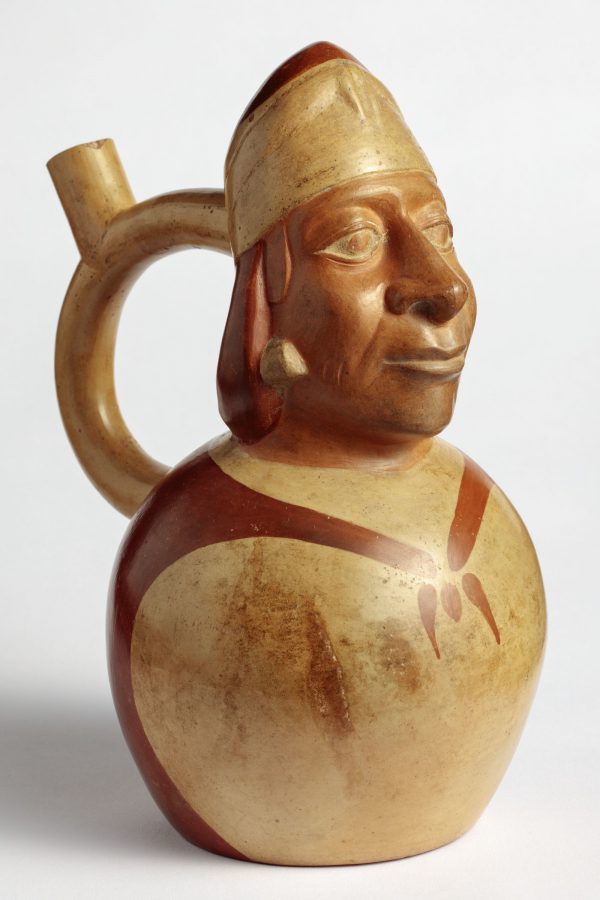 Stirrup-spouted vessel from Peru
Stirrup-spouted vessel from Peru
-
 Trans pride bow – a carnival accessory and statement for human rights
Trans pride bow – a carnival accessory and statement for human rights
-
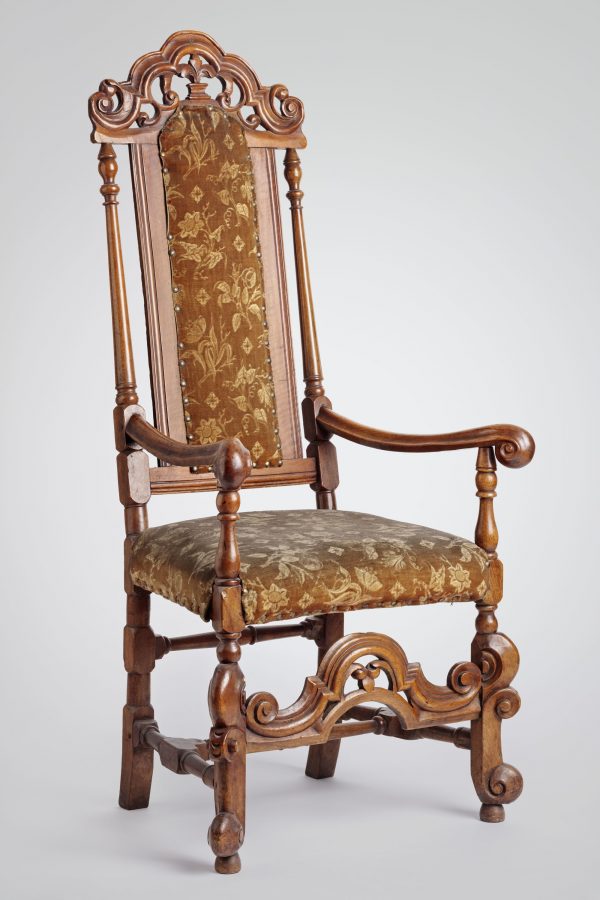 Retro upholstered baroque armchair
Retro upholstered baroque armchair
-
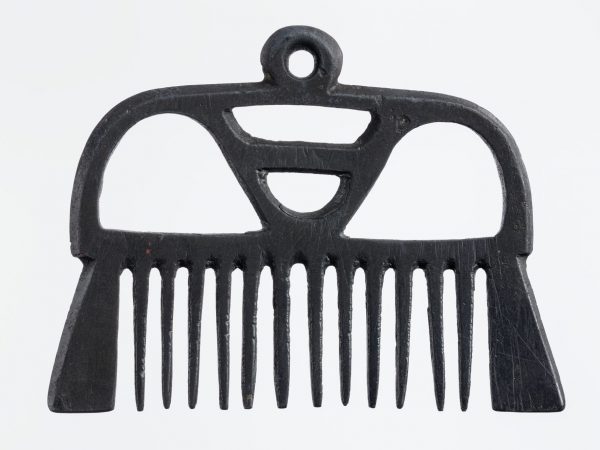 Comb pendant from the St Nikolai shipwreck
Comb pendant from the St Nikolai shipwreck
-
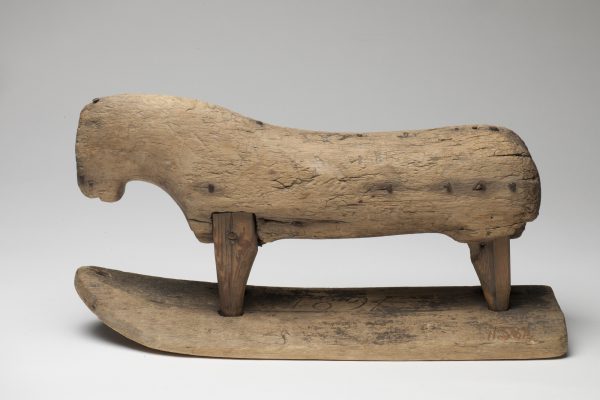 Wooden toy horse
Wooden toy horse
-
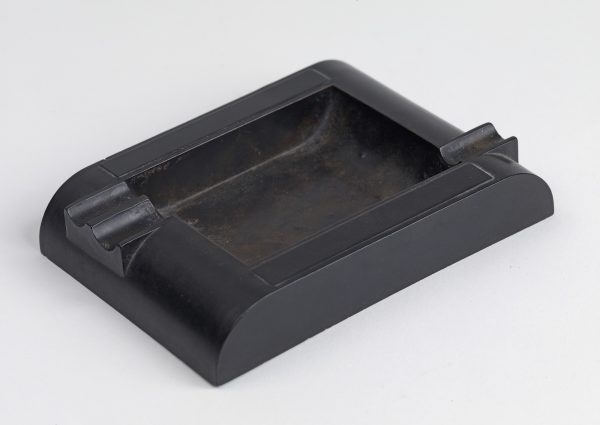 Ashtray
Ashtray
-
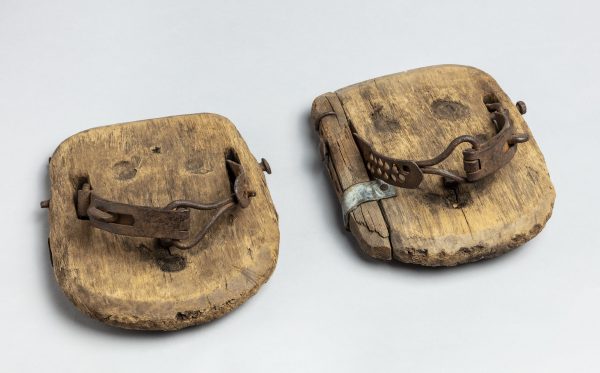 Marsh horseshoes
Marsh horseshoes
-
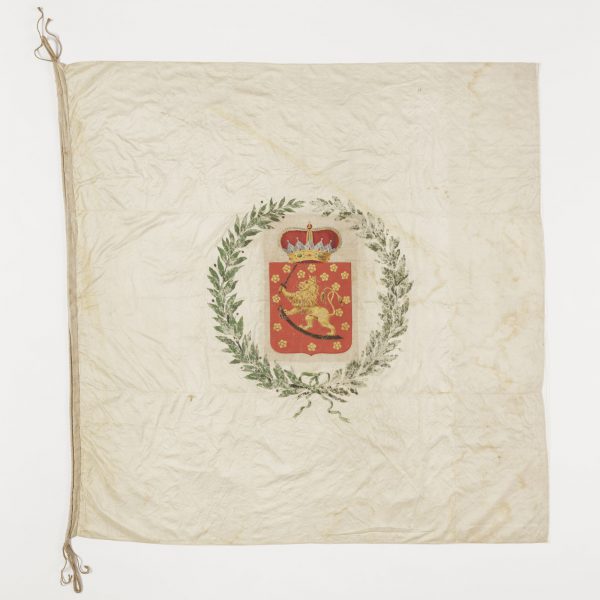 Student Union flag
Student Union flag
-
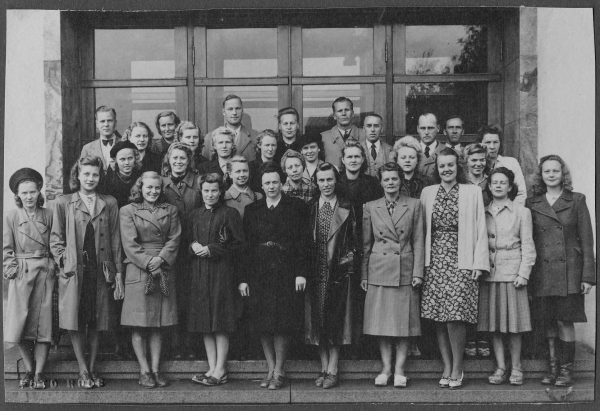 Stylish at work
Stylish at work
-
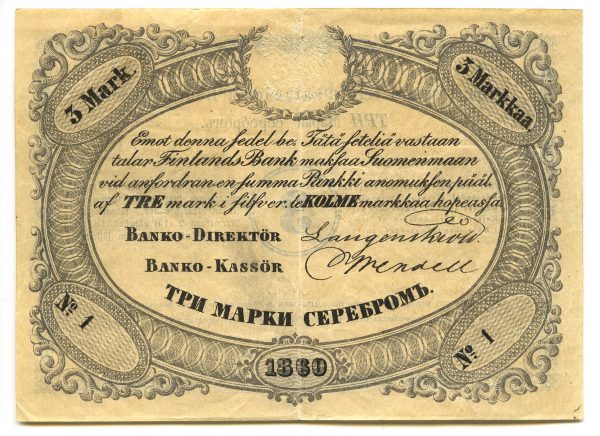 The first Finnish markka ever issued
The first Finnish markka ever issued
-
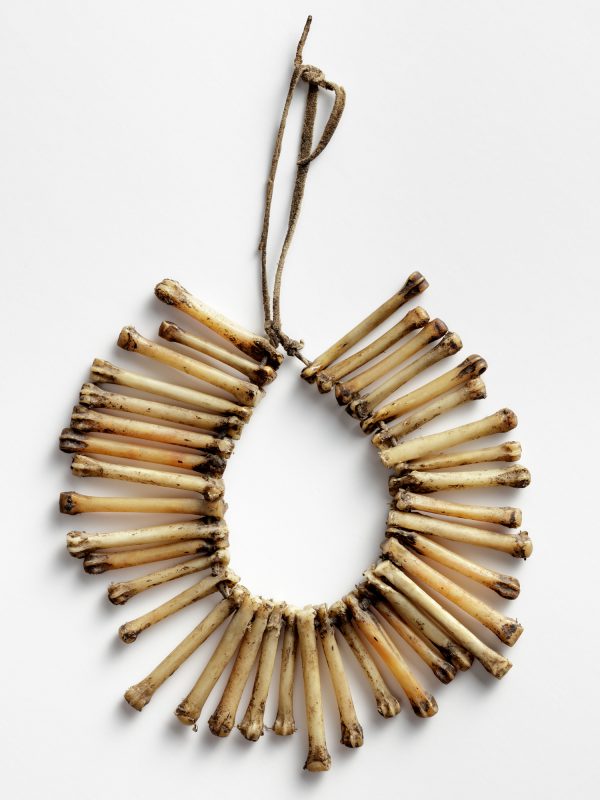 Seer's amulet
Seer's amulet
-
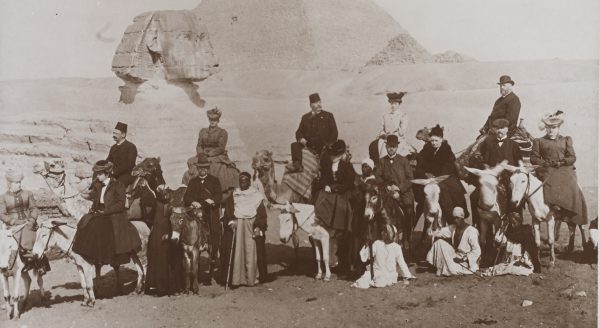 Photopicture from Egypt
Photopicture from Egypt
-
-
2018